This is the first post in the One Ten Explains series, which aims to make the terms used in the tech world a little less confusing for those who don’t have a background in digital (or those who just want a refresher).
Reach is one of the most common terms you’ll see when looking at advertising and marketing campaigns. It’s also used in digital analytics (the statistics of who visited or used your site, mobile app, or social media presence).
Reach tells you how many people were able to see your campaign or page. Its meaning is a little different depending on what kind of campaign you’re doing. For example:
- Email marketing: generally the number of people who received the email
- Search engine marketing: the number of times your ad appeared when people searched
- Social media marketing: the number of times your ad or post appeared in a person’s feed
- Organic (non-paid) search: the number of times your page appeared in search results
Reach is only one piece of the marketing puzzle, and it doesn’t tell the whole story. Just because your ad or page appeared in front of someone doesn’t mean that the person interacted with it (the term for that is clicks or engagement) or even saw it. If someone breezed by your social ad without looking at it on Facebook, it’s generally still counted in reach.
Like a lot of other factors in digital marketing, reach sometimes has two categories: organic and paid. Organic reach is the number of people who saw your ad or page without any paid promotion, like a normal post on Facebook or how web pages appear on their own in search results. Paid reach can be a great way to make your ad or page appear in front of more people. As the name implies, though, there’s a cost.
Digital marketing can be a really effective method of reaching more people, whether they’re around the corner or across the globe. Reach is one way to tell how far your ad or page has spread.
Check back soon for an upcoming post with easy ideas to increase your reach!

